|
I am embarrassed to admit that I learned very little about West Tampa's rich history until the beginning of 2004. Then, on March 1, Judge E. J. Salcines (Florida's 2nd District Court of Appeal) drove me into the historic community for a personal tour. I was privileged to begin a remarkable journey, simultaneously backward in time and forward in vision. Salcines is one of those Tampanians who wear the city's storied history as a badge of pride. His parents were natives of Spain, immigrants who arrived here during the long wave of settlement after the turn of the century. His father, Emiliano, worked as a senior employee at West Tampa's Solomon Simovitz Department Store for many years before he opened his own establishment in 1941. Salcines was raised in the heart of old West Tampa when the cigar was still king. His father's store, across from the telegraph office at the corner of Howard and Main, defined the heart of the city. When the keen historian talks about the beginnings of the community half a century before his birth, it is almost as if he was there. Salcines talked enthusiastically about the district's colorful origins. "West Tampa does not come to life," Salcines said, "until Mr. Hugh Macfarlane–with a lower-case 'f' - was inspired by the immigrant community developing 200 acres in Ybor City." He reached a bit further back in time to establish his case. "In 1868, a ten-year war started in Cuba. Cuba's labor base became unstable, and Martinez Ybor (a native of Valencia, Spain) moved his factory to Key West–directly opposite the Western province of Cuba. The best tobacco in the world–very fine tobacco," Salcines said, "was cultivated in Cuba's Pinar del Río." Even though the war ended in 1878, Martinez Ybor remained concerned that the ongoing movement for independence–still very much alive–would continue to disrupt production. Ybor wanted to manufacture his cigars in a stable environment. The entrepreneur was open to ideas, and a series of lucky connections opened the way to Tampa. "Ybor was sitting at a table in his Key West home," Salcines said, "visiting with a friend in the industry from New York (Ignacio Haya), when in comes another friend from New York who had just come from Tampa. He had traveled on Henry Plant's New York to Tampa rail line. The line had a spur to Port Tampa. Plant promised to bring tourists to the Tampa Bay Hotel (now the University of Tampa), buy ships, and have a ferry to Key West. He pledged to extend the service to Cuba. Plant was a great visionary," Salcines continued. "Gavino Gutierrez–a civil engineer in a New York import-export business–visited his friend Martinez Ybor and walked in on the conversation with Ignacio Haya. The two men are talking about moving factories. Haya wants to move from New York to warmer temperatures for his tobacco. New York fireplaces and potbellied stoves dried the tobacco leaf, and the leaf cracked when rolling a cigar. Ybor wanted more employee and production stability. Gavino Gutierrez hears the conversation and says, 'Why go to Houston, Galveston, or New Orleans? I just came from a place nearby with a fabulous bay and a railroad (Tampa). You can manufacture and ship immediately. It's a straight line north by ferry from Pinar Del Rio to Tampa'" Salcines chuckled as he considered the scene. "Gutierrez was such a good chamber of commerce representative that they all got on the same ferry that had brought him and came immediately up to Tampa and found available land on the east side. Today we know this place as Ybor City." Native Scotsman and experienced attorney Hugh C. Macfarlane (b. 1851) had moved to Tampa in 1884. He was appointed city attorney in 1887 and state attorney for the 6th Judicial Circuit in 1893. "Mr. Macfarlane observed how quickly the development of Ybor City started bringing people, money-related business, and industry," Salcines said. "Mr. Macfarlane said, 'Why can't I develop 200 acres on the west side?' "By 1890, he and his friends have already acquired land, and by 1891 he convinced a manufacturer in Key West by the name of del Pino - of the del Pino brothers - to come to what we now call West Tampa." Tampa itself had been jump-started more than once. "Tampa was known as 'Tampa Town,'" Salcines said. "It had attempted to be a city as early as 1849. The town was incorporated, but they forgot about it, and it returned to 'Tampa Town.'" The city of Tampa cites the date of initial incorporation as December 1855. The second incorporation was on July 15, 1887.The land had been the property of Civil War hero John T. Lesley. Lesley wanted $9,000. Ybor offered $5,000. Tampa's Board of Trade (Tampa's Chamber of Commerce was founded as the Tampa Board of Trade in 1885) subsidized Ybor to $4,000, and Tampa annexed the company town in 1887. Tampa's star was beginning to shine, and the sense of potential was not lost on those with the resources and the imagination to move forward. "The arrival of Mr. Plant and Martinez Ybor is important," Salcines said. "One brings a railroad, and one brings an industry. The industry needs homes for workers and all the infrastructure that comes with it. This cigar industry gives 'Tampa Town' a massive transfusion of money, industry, workers, etc. Macfarlane," Salcines said, "was an observer. Mr. Macfarlane is also a lawyer and a visionary. He wants to do something big and sees how Ybor's project quickly develops, and people are pouring in. When Ybor started thinking about chartering Ybor City, the city fathers quickly annexed Ybor." Journalist Jennifer Barrs of the Tampa Tribune wrote the following in 2004. "Ybor City was one of the largest and most tolerant immigrant enclaves in the United States, rich in red brick and political passion. Cubans, Spaniards, Italians, and mixed-race Afro-Cubans, men, and women, worked side by side in the cigar factories. Germans, Chinese, and Romanians created businesses born of such bustle, from dry goods to laundries. That toil put Tampa on the map - one hand rolling a cigar, the other rocking this 'Cradle of Cuban Liberty,' a nickname Ybor City earned in its infancy." Salcines picked up the story. "By 1892, Macfarlane got together some cohorts, and they purchased 200 acres west of the Hillsborough River. 'Let's get this going like the east.' So the del Pino brothers came to the corner of Howard Avenue and Union Street, and Macfarlane had a cigar factory built. "The first name was Pino City," Judge Salcines said, "because of the del Pino brothers' factory." The idea caught on, Salcines said, and the area started to boom. "Macfarlane has a land company and other cigar manufacturers follow. Cigars are making Tampa famous." There was one more critical element to the story. Salcines elaborated, "A bookkeeper in that factory–Fernando Figueredo–is an important figure. He had been superintendent of schools in Key West. He became the first Cuban-American elected to the State House of Representatives. He knew about the government. His arrival in West Tampa in 1893 is important because the ball started to roll to make West Tampa an independent city. In those days, Tallahassee was more relaxed. "The legislature only met every other year," Salcines said. "So in May of 1895, West Tampa gets chartered as an independent city. They announced elections, and Fernando Figueredo Socarrás was elected the first mayor of West Tampa." The stage was set for the district's colorful history. "There were around 2,000 people at that time," Salcines said. "Then more factories moved in, and streets were laid out. Macfarlane changed the original names and put 'Main Street' through the town center. At the most important intersection, he named the street after his son, Howard (Howard Avenue)." Judge Salcines is looking forward to becoming more involved in the business of learning and teaching the rich history of old Tampa once he retires from the bench. "When I retire, I want to involve myself immersed in Tampa History," he said. "I want to get more involved with the historical society, the history center, and our museums… So that this great mosaic of rich history that our ancestors developed is not forgotten! So that younger generations will know who our ancestors were and what they did." Excerpts are taken from an interview with Appellate Court Judge E.J. Salcines written by Derek Maul. CIGAR CITY MAGAZINE- JULY/AUGUST 2006 Art & Photography Contributors: Hillsborough County Public Library, Tampa Bay History Center, The Florida State Archives, The Tampa Tribune/Tampa Bay Times, University of South Florida Department of Special Collections, Ybor City Museum Society, private collections and/or writer. DEREK MAULExcerpts are taken from an interview with Appellate Court Judge E.J. Salcines written by Derek Maul. Maul has written for many news outlets, including the Tampa Tribune, The United Methodist News Service, All Pro Dad, FOCUS Magazine, Newsweek, USA Today, The Christian Science Monitor, Presbyterians Today, Guideposts, Chicken Soup for the Soul and many other publications. Read Derek Maul’s daily blog posts HERE FOLLOW CIGAR CITY MAGAZINE
0 Comments
Your comment will be posted after it is approved.
Leave a Reply. |
Archives
June 2013
Categories
All
|
Cigar City is a Florida trademark and cannot be used without the written permission of its owner. Please contact [email protected]
© 2021 Cigar City Magazine. ALL RIGHTS RESERVED.
© 2021 Cigar City Magazine. ALL RIGHTS RESERVED.

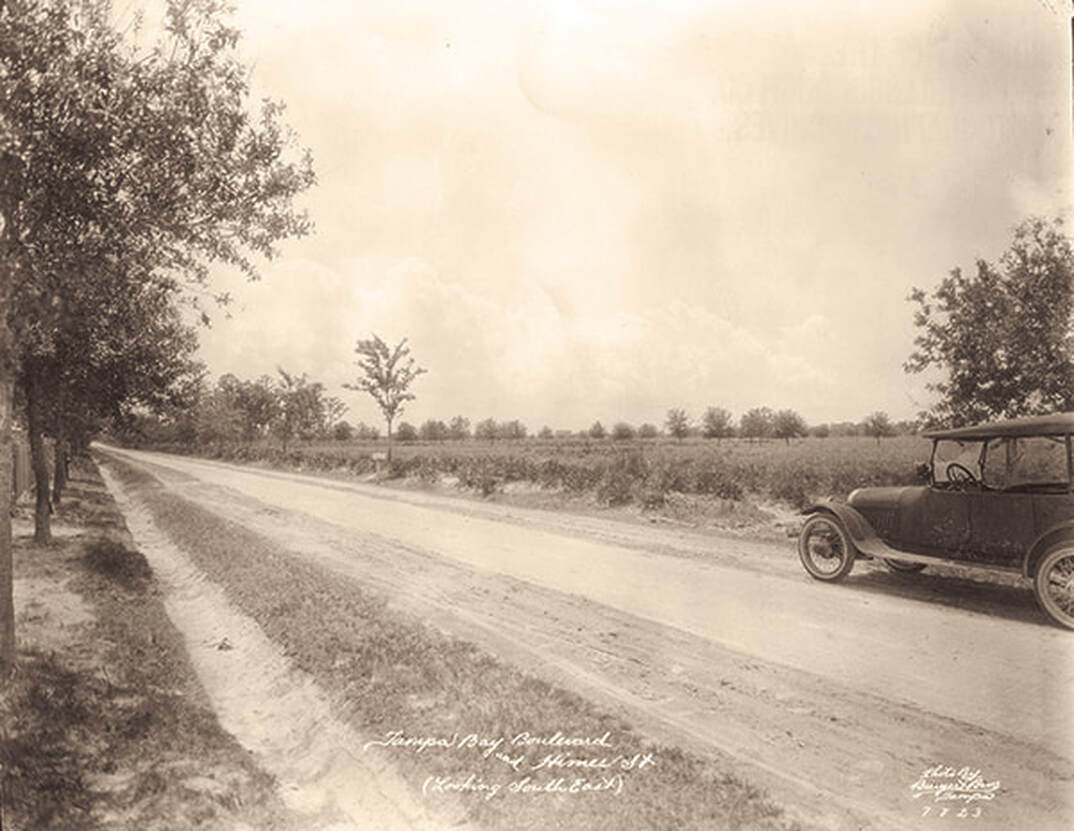
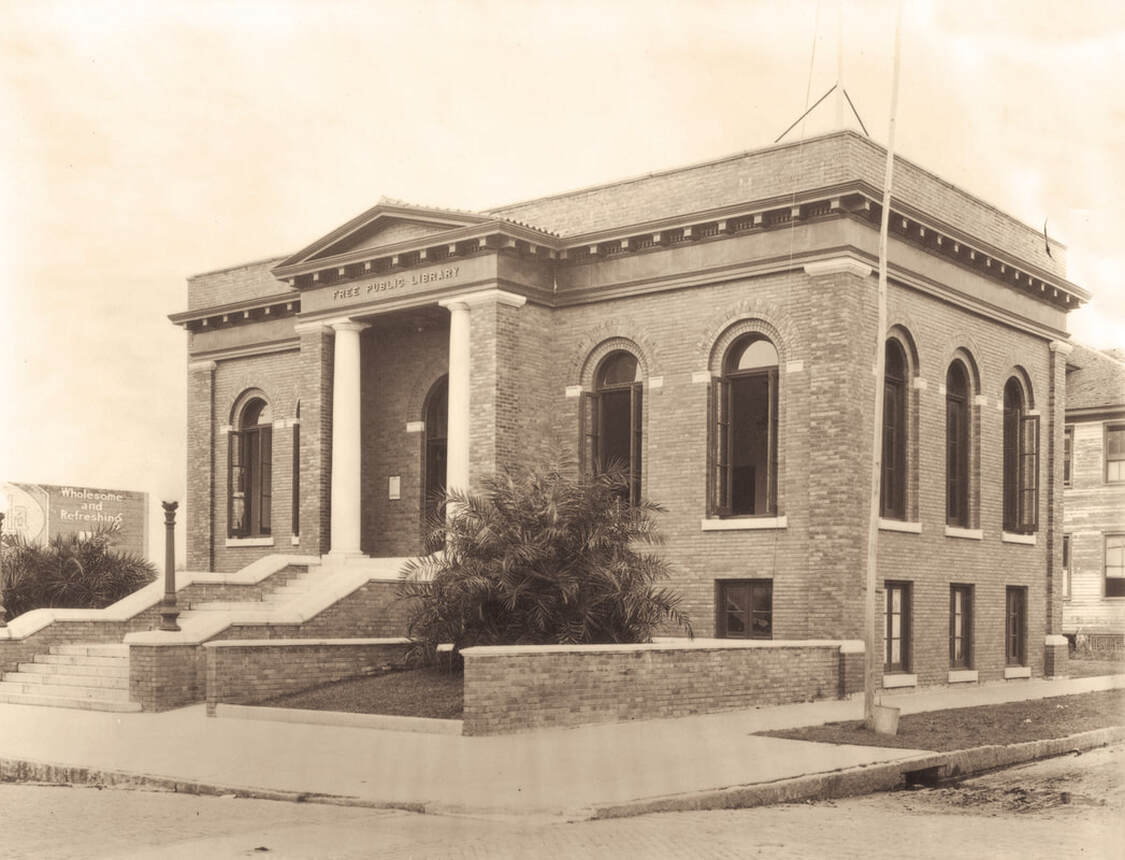
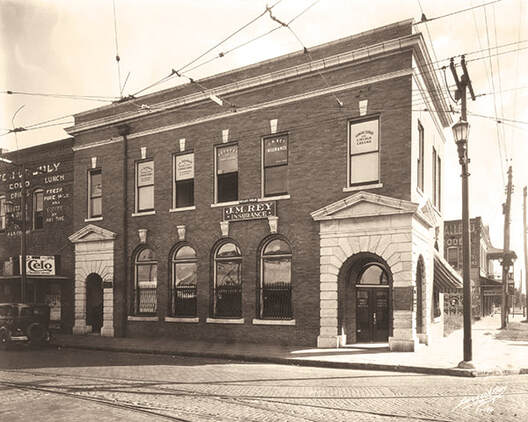
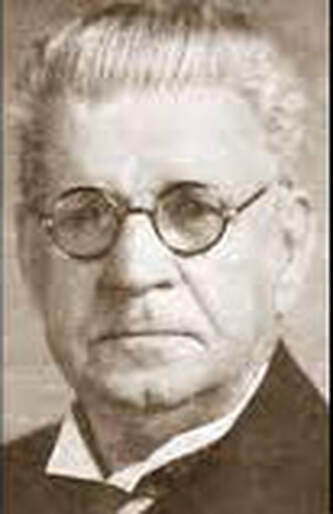
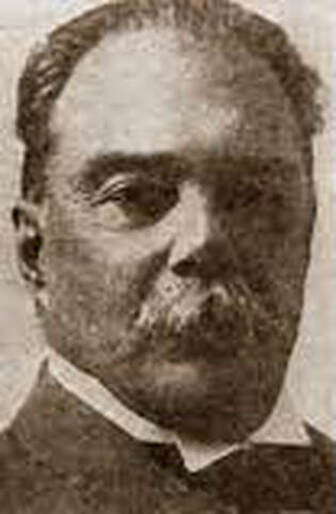
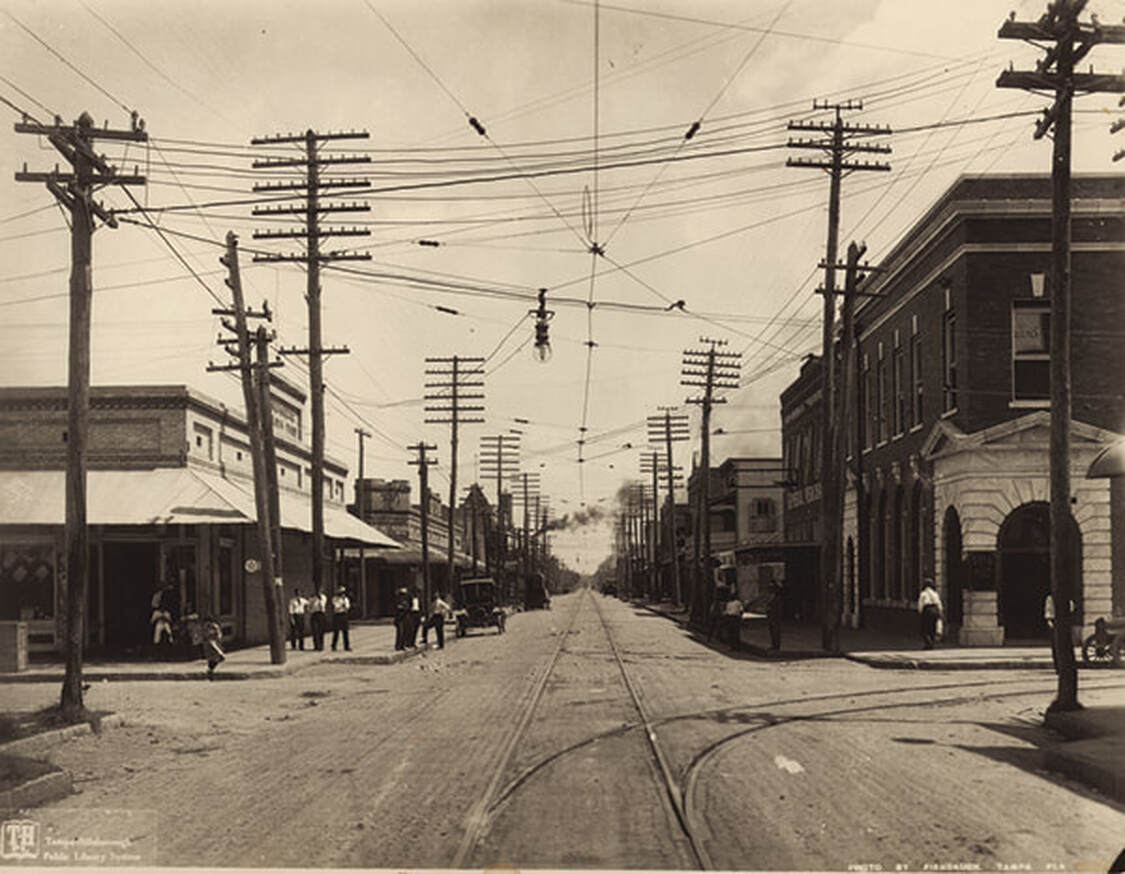
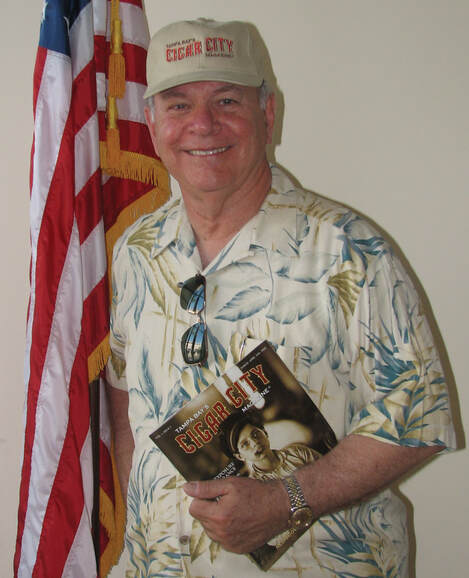

 RSS Feed
RSS Feed